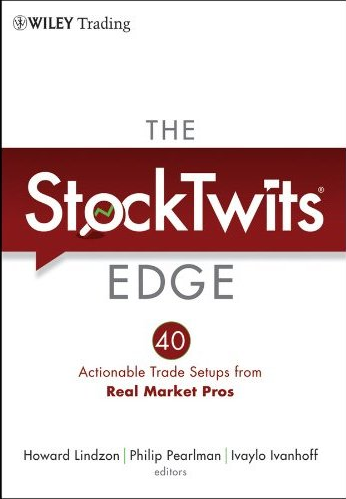There is no need to be in the market all the time. There are times to be aggressive, there are times to protect your capital. Unlike in sport, in the market the best defense is not offence.
Watch and wait for that fat pitch to come. It always does. If you are a swing trader, I guarantee you that the market will provide at least one great opportunity every week. How do you recognize it in advance? You don’t. Even when all your requirements align in space and time, there will be false signals. You will be wrong at least half of the time. Being wrong is not a choice. Staying wrong is. In the words of Ed Seykota: “If you don’t learn to take small losses, sooner of later you will have to take the mother of all losses”.
Sharp declines are often followed by short-term bounces. This doesn’t mean that you should try to pick bottoms. Even if you manage to properly time your entry, the potential reward of knife catching often does not justify the risk taken. The opportunity cost in terms of potential aggravation and loss of confidence is too high. Multiple consecutive losses, even when small, will frustrate you and blind you for other opportunities that are always around the corner.
During market declines, most stocks correct through price. I prefer to pay attention to those that correct through time (go sideways) and make new 52-week highs. It makes more sense to focus on the stocks that hold the best and buy them as they break out from their recent consolidation.
Granted there are different methods and if bottom picking is your thing, go for it. You can do anything as long as you know how to manage risk.
